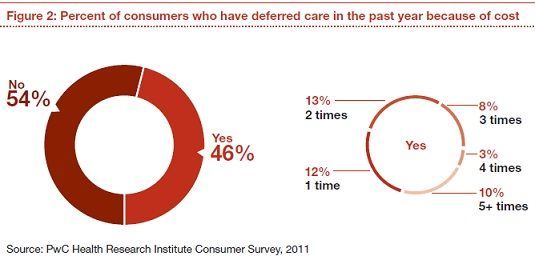Article
Upfront Fee for ER Visits for Routine Illness
Author(s):
Emergency rooms are screening patients to see if they truly have an urgent problem. Those who don't will have to pay an upfront fee before treatment.
New practices to charge an upfront fee in the emergency room might decrease wait times and reduce hospitals’ debt, but it could have a lasting impression on patients.
Kaiser Health News
The Washington Post
According to an article by and , ERs are screening patients to see who has an urgent problem — those who don’t have to pay in advance.
As it is, almost half of patients are choosing to forgo care at least once a year because of costs. This new practice by hospitals is causing patients to walk out of the ER and there’s no known information yet on how many then decide to make an appointment. The strategy might even backfire as patients could become hesitant to go to the ER for true emergencies.

The general idea is that hospitals can divert patients going to the ER for routine illnesses, decreasing wait times for those who truly need ER attention.
Hospital chain HCA reported that 80,000 ER patients left without treatment because of the new policy, which charges $150 upfront for problems not deemed a true emergency. Of the 6 million visits to HCA hospital ERs, 5% were determined to not be actual emergencies. Of that 5%, more than 70% decided to pay the fee.
Not only can patients who truly need the ER benefit from the new policies, which roughly half of the hospitals in the U.S. have implemented, but the hospitals are able to balance reduce or eliminated reimbursements.
KHN
Post
"These policies are beneficial because they help patients understand their financial responsibilities and make informed decisions about where to utilize services," Tomi Galin, a spokeswoman for Community Health Systems, told and the . "These practices help reduce costs for both the patient and the hospital."
HCA’s policy does exclude children 5 and younger, pregnant women and those 65 and older.
Read more:
Hospitals Demand Payment Upfront From ER Patients with Routine Problems
Care is Often Poorly Coordinated




